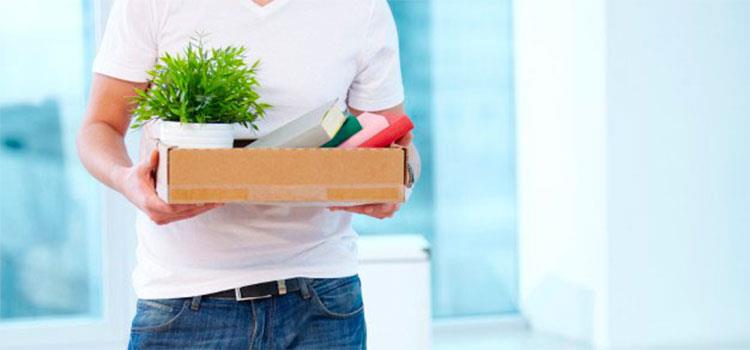How to Safely Move Houseplants on Moving Day

Today we’re going to offer something many plant lovers would definitely find useful: how to move plants when relocating to a new home or office.
As you may know, plants make your home a more pleasant space to be in. They bring color to your property and they help clean the air in your surroundings. However, while plants aren’t as finicky as your pets or kids, they can be a bit sensitive when you move them from one environment to another. They could wilt and die if they are not handled properly. To ensure that they will survive the trip, here’s what you should do.
1. Place the plants in an environment with controlled temperature
To reduce the risk of the plants wilting or dying during transit, make sure that you place them in an environment with a constant temperature, especially if you’re moving interstate. According to experts, the ideal temperature for most houseplants is from 30 degrees to 100 degrees Fahrenheit. As such, it would be better that you transport your plants using your own vehicle rather than placing them in the moving truck along with the rest of your belongings.
2. Transfer potted plants
If you have plants in ceramic or clay pots, replant and transfer them to plastic containers. Take note that pots made of ceramic and other similar materials are difficult to carry and easier to break, so leave the packing and transport to the professionals. By transferring the plants in pots made of sturdier and more lightweight materials, it would be much easier for you move and load them into your own vehicle.
3. Water the plants
Don’t forget to water the plants prior to your departure, especially if you have a long journey ahead of you. This will prevent them from becoming dehydrated, ensuring their survival during the trip. Make a note to water your plants the morning you expect your movers to arrive so they are fed and ready for transport.
4. Take a few cuttings
If you have particularly sensitive plants and you think they won’t survive the trip, you can simply take cuttings from them. Then, place the cuttings in a plastic bag containing damp peat moss. When you reach your destination, you may plant the cuttings in a new pot or in your yard. Now, you don’t have to worry about losing your favorite houseplants when you move to a new home.
5. Check local plant laws
Before you transport any of your houseplants, don’t forget the check the laws about moving plants in the city or state you’re relocating to. Take note that some areas have restrictions on certain types of plants that you can bring with you. To avoid problems, it’s best to do a bit of research before your relocation.
